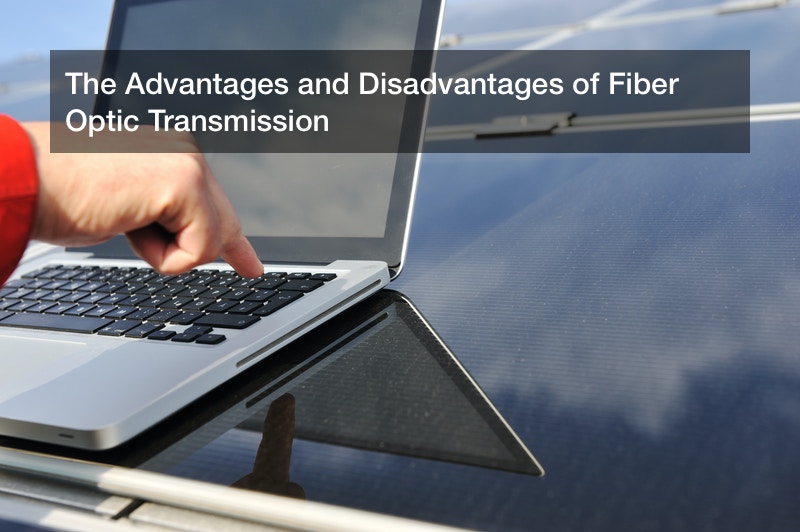
The global fiber optics market is in high demand for a variety of residential and industrial purposes. Faster speed connections and high bandwidth is becoming more necessary to transfer data and communications anywhere around the world. Here’s a guide to fiber optic transmission and its advantages and disadvantages.
Fiber Optic Transmission Technology
A fiber optic communication system features a fiber optic cable, optical receiver, and an optical transmitter. The transmitter converts the electrical signal traveling at almost seven million miles per hour to an optical signal. The fiber optic cable carries this optical signal from the transmitter to the receiver. The receiver then reconverts the optical signal back to an electric signal. Laser diodes and LEDs are the most commonly used devices for the optical transmitter for these sealed sealed fiber optics.
Fiber Optic Transmission Advantages
Optical fibers have several advantages over copper wire in core network communications. The sealed fiber optics have higher hermetic electrical feedthroughs for transmitting data at longer distances. Sealed fiber optic transmission has a high resistance to electromagnetic interference and a low rate of bit error. This makes it for industrial environments such as substations. The hermetic feedthrough inthe cables is virtually noise free.
Another advantage of transmission with sealed fiber optics is its low security risk. The electromagnetic energy is undetectable because data is being transmitted by light through the cables and cable seals. Fiber optic cables are also smaller and lighter in weight than coaxial copper cables, which saves more space and makes them easier to install. New equipment can be added as needed to the existing cable infrastructure to increase bandwidth.
Fiber Optic Transmission Disadvantages
Even though fiber optic seals and cables provide convenience and flexibility, there are a few disadvantages you should keep in mind. Fiber optical cables are more fragile than electrical wires because they’re made from glass. The glass can be vulnerable to chemicals such as hydrogen gas that create issues for cable underwater penetrators. They can be susceptible to cuts and breakage during installation. Fiber optic cables are also a bit more expensive than copper cables.
Sealed fiber optics are ideal for high data transmission capacity and efficiency. The benefits of this technology overall outweigh the disadvantages it may have. As the technology continues to improve, more opportunities for residential and industrial use will become available.
